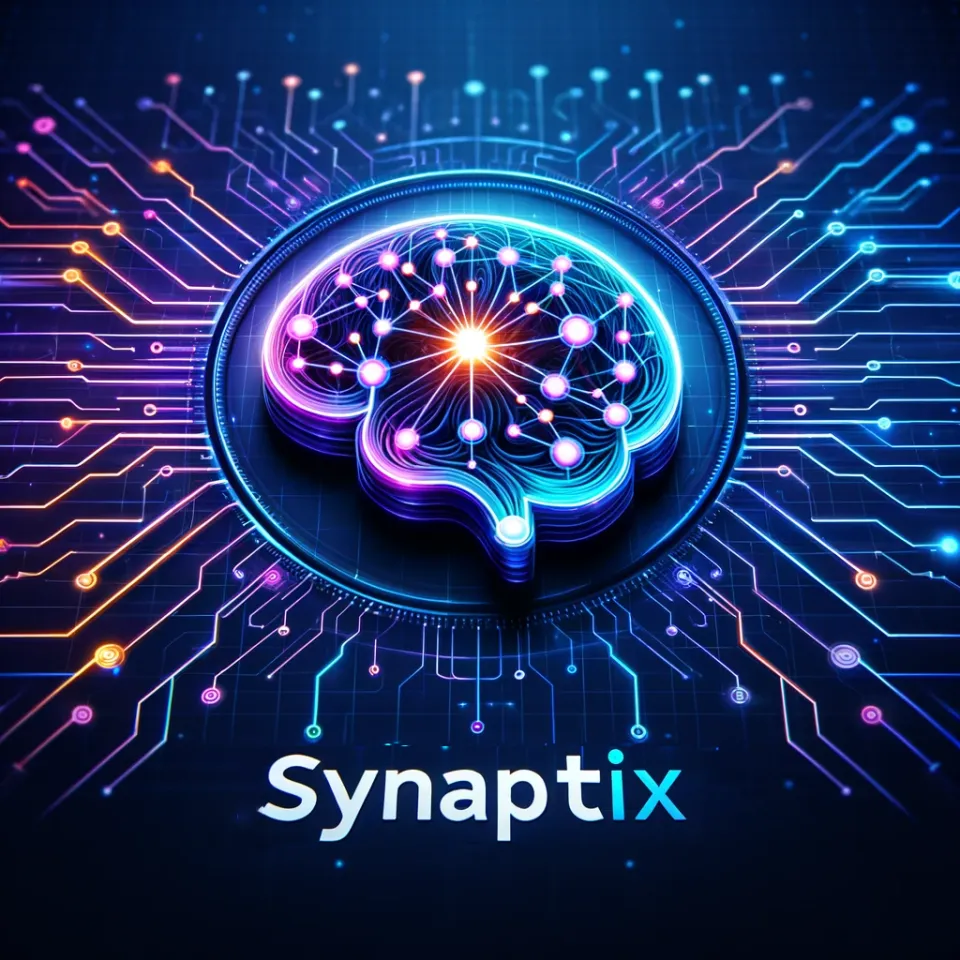Lowpass: Amazon's Vega OS: The Android Replacement for Fire TVs and Smart Displays

Introduction
In an unprecedented move to further establish its dominance in the connected devices market, Amazon has been secretly developing a new operating system (OS) to replace Android on its Fire TVs, smart displays, and other connected devices. Referred to internally as Vega, this OS promises to enhance user experience and revolutionize the application framework used on these devices. This article dives deep into the development of Vega, shedding light on the extensive research and testing that has been undertaken, and speculating on its potential release date.
Testing Waters & Advanced Development
Whispers of Amazon’s technological endeavors often emerge from insider conversations, and Vega is no exception. Multiple sources with insider knowledge have confirmed the existence of this new operating system. The development of Vega appears to be in a highly advanced stage, as it has already been successfully tested on Fire TV streaming adapters. This beta testing phase has allowed engineers to fine-tune the OS and identify any potential issues before mass production.
Shifting to a New Application Framework
Beyond the technical advancements of Vega, Amazon has also been actively communicating its plans to transition to a new application framework with select partners. This move is expected to completely transform the user experience and streamline the app development process for developers. By sharing this information with trusted partners, Amazon seeks to gain valuable insight and feedback before publicly launching Vega.
Potential Release Timeline
One source, who is closely familiar with Amazon’s internal plans, suggests that Vega could hit the market sooner than expected. If everything goes according to plan, select Fire TV devices might ship with Vega as early as next year. This ambitious timeline demonstrates Amazon’s commitment to rapid innovation and its confidence in the capabilities and stability of the new OS.
Implications for the Market
The introduction of Vega could have far-reaching implications for the streaming device market and the larger connected devices landscape. Although Amazon’s Fire TVs have already gained significant popularity due to their affordability and integration with Amazon Prime Video, the incorporation of Vega can potentially elevate their performance and functionality to new heights. Additionally, as other manufacturers look to differentiate themselves from Android, Vega’s success may inspire a new trend of custom operating systems in the market.
Comparisons to Google’s Android OS
It is worth noting that Amazon’s decision to develop a new operating system is a significant departure from its long-standing collaboration with Google’s Android. While Android has undoubtedly served as a strong foundation for Amazon’s devices, Vega represents a step toward greater independence from Google. By creating their own OS, Amazon aims to secure more control over the user experience and leverage their extensive ecosystem of products and services more effectively.
Conclusion
Amazon’s covert development of Vega showcases its commitment to remain at the forefront of the connected devices industry. With advanced testing already underway and a potential release as early as next year, Vega holds immense promise for enhancing the user experience on Fire TVs and smart displays. As Amazon breaks away from its reliance on Android, the potential success of Vega may pave the way for other manufacturers to explore new avenues for custom operating systems. The tech world eagerly awaits the unveiling of Vega, anticipating a new era of smart and seamless connected devices.




